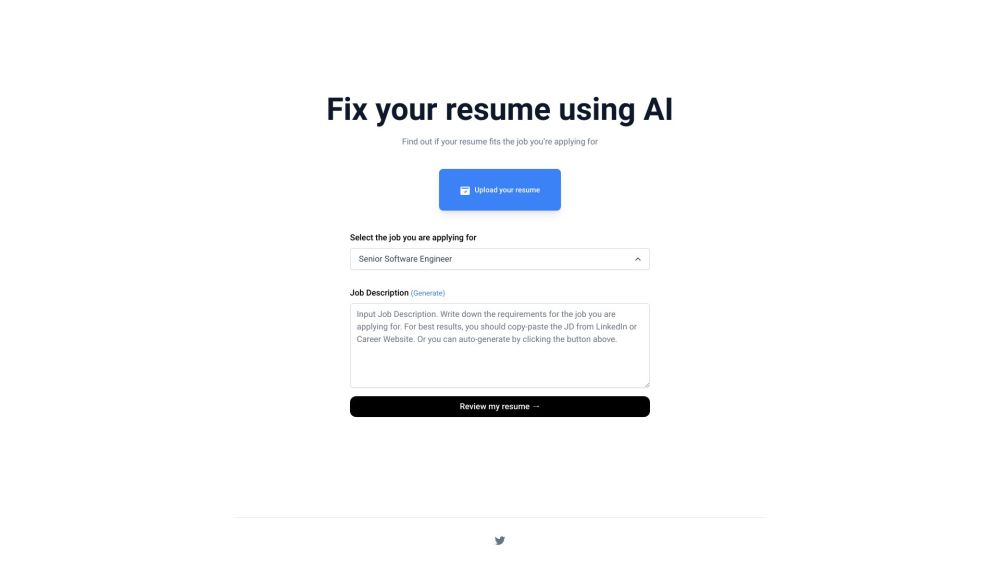“The growth of artificial intelligence (AI) is intricately linked to the growth of Arm,” stated Will Abbey, Executive Vice President and Chief Commercial Officer of Arm, just before the chip designer's stock debuted on Nasdaq. While AI might not always be the first association one makes with Arm, Abbey quickly highlighted its importance when asked about the company’s future. “Currently, AI operates on Arm technology, and it permeates every sector. As AI continues to gain traction, we anticipate a greater demand for enhanced computing power, improved energy efficiency, and a relevant software ecosystem to support AI developments.”
Abbey pointed to Nvidia’s Grace Hopper superchip as a prime example. The superchip integrates 72 of Arm’s Neoverse cores with Nvidia’s H100 Tensor Core GPU, demonstrating the synergy that initially prompted Nvidia’s attempt to acquire Arm, a deal ultimately halted by regulatory hurdles. “We believe that the ARM architecture is ideally suited for large-scale AI, facilitating both training and inference,” Abbey explained.
During a photo opportunity outside the Nasdaq MarketSite in New York City on September 14, 2023, Arm Holdings CEO Rene Haas celebrated the successful pricing of their initial public offering at $51 per share. With over 250 billion Arm-based chips shipped globally, as per the company’s records, Arm boasts a substantial hardware install base. However, Abbey stressed that a robust software ecosystem is a critical differentiator that sets Arm apart from competitors.
The company has made significant investments in this area. According to their latest report, Arm dedicated 10 million engineering hours to develop the foundational software tools for its Armv8 processors and 30 million hours for the software associated with its Armv9 chips. “In our target markets, hardware alone isn’t enough. We must ensure developers can easily access our architecture,” Abbey emphasized. “The developer community is vital. When creating an application, compatibility across multiple devices is essential. Our commitment to delivering top-notch products while facilitating developer access creates a substantial competitive advantage.”
Regarding talent acquisition, Abbey mentioned that hiring has generally not been a challenge for Arm. Nonetheless, he believes the IPO will enhance Arm's reputation as a desirable tech employer, broadening the appeal to engineers. “We are placing increased emphasis on software development, with 15 million software developers already part of our ecosystem, and we will continue to invest in this area. I see AI generating new opportunities, which will drive the need for Arm to develop the right products and hire accordingly.”
While Abbey acknowledged that the IPO might help attract more talent, he shared the typical perspective many executives have on such occasions: “It’s a significant moment—a recognition of our impact in the market. We will persistently invest in critical areas like power efficiency, peak performance, and our ecosystem. This IPO will not alter our strategic trajectory in terms of investments.”
Is Arm poised to exceed a market valuation of $51 billion?




